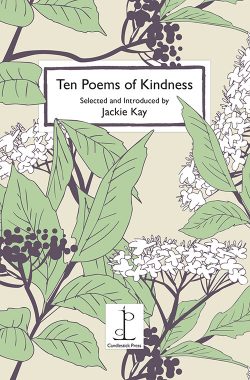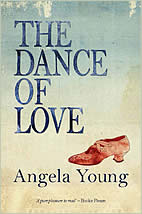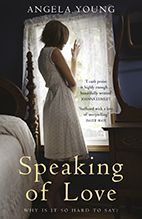It’s 106 years ago today that the ‘unsinkable’ passenger liner, RMS Titanic, hit an iceberg and sank in just two hours and forty minutes. For years the tragedy was a matter of private internal horror: people didn’t talk about trauma then and only two years later the First World War broke out, eclipsing Titanic’s tragedy with its own tremendous tragedies. Then came the influenza epidemic, bringing tragedy upon tragedy, then there was a brief respite before the Second World War brought more terrible tragedy … so it wasn’t until the release of A Night to Remember in 1958 (a film based on a book by Walter Lord and starring Kenneth More) that public consciousness of the Titanic tragedy surfaced.
My great-grandmother, Noël Rothes, helped pilot Lifeboat No 8 which was commanded by Able Seaman Thomas Jones, but although her family knew she’d sailed on Titanic and had survived, no details were known until after she died in 1956 (she never talked about the tragedy). But when my grandfather and my aunt were sorting through Noël’s papers they found letters, newspaper cuttings, her evidence to the enquiries into the disaster and a plaque that Able Seaman Thomas Jones had made for her to thank her for her:
courage under so heartrending and terrifying circumstances
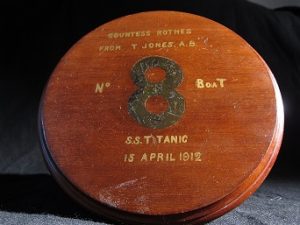
Bronze 8 from Lifeboat No 8, RMS Titanic
We make much of the Titanic tragedy these days (I include myself, I give a talk about my great-grandmother and the able seaman and how they worked together in Lifeboat No 8) but it is salutary to think that, at the time, many of the survivors never talked about it.
On a happier note, the things I would love to have made this month – in an alternate universe where time is infinite and skills multifarious – are Samira Addo’s portraits, particularly her Portrait Artist of the Year winning paintings. Here they are:
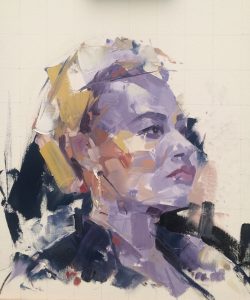
Emeli Sande by Samira Addo
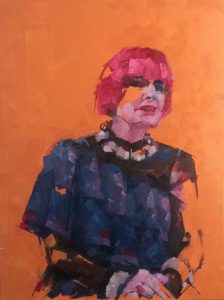
Zandra Rhodes by Samira Addo
Aren’t they stunning – even in these small reproductions? Here’s how Addo talks about herself and her work and you can see all her portraits here and here. Before Addo’s work was chosen to win, one of the judges, Tai Shan Schierenberg, the only portrait artist among them, said:
What we want to see is not only the ability to capture likeness but to make art, to make something that tells us about what it is like to be alive today.
I wanted Samira Addo to win from the beginning of the final. Her work stood out for its brave originality. Hers aren’t conventional portraits: her approach seems to me to be to paint a likeness with a vision that shows the person clearly, but her unconventional colours and the way – sketch-like, apparently rough but actually not rough all when seen finished – she captures the nature, the very essence of a person as well as what that person ‘looks’ like is, I think astonishing. Tai Shan Shierenberg was in tears as he tried to describe that ‘extra something’ that Addo’s work has. When he found his voice he said:
Portraits are about the specifics of a person at the same time as being about shared human experience and I like that to come across in the paintings being made during the competition. Portraiture has a long tradition, of course, but I always hope to see artists who have found a way to reinvigorate it or reinvent it with their unique artistic language.
Addo’s work undoubtedly does that. But when Tai Shan Shierenberg was momentarily lost for words I thought he illustrated perfectly the point of great art: it doesn’t need words, it speaks for itself.


 Not so long ago, after an aunt of mine died, I inherited two of her pens but I thought I’d never be able to use them because I couldn’t find any refills for them … until I stumbled across Pen Heaven where I found myself in, well, pen heaven. There are handy measurement scales on the refills page so even if the refill on the page doesn’t look quite like the old one you’ve got, you can work out if it will fit your pen from the length and width measurements (even the nib lengths are shown). The two refills I bought, even though they don’t look exactly the same as the ones they’ve replaced, work perfectly.
Not so long ago, after an aunt of mine died, I inherited two of her pens but I thought I’d never be able to use them because I couldn’t find any refills for them … until I stumbled across Pen Heaven where I found myself in, well, pen heaven. There are handy measurement scales on the refills page so even if the refill on the page doesn’t look quite like the old one you’ve got, you can work out if it will fit your pen from the length and width measurements (even the nib lengths are shown). The two refills I bought, even though they don’t look exactly the same as the ones they’ve replaced, work perfectly.



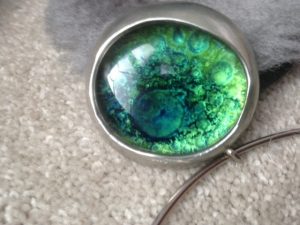
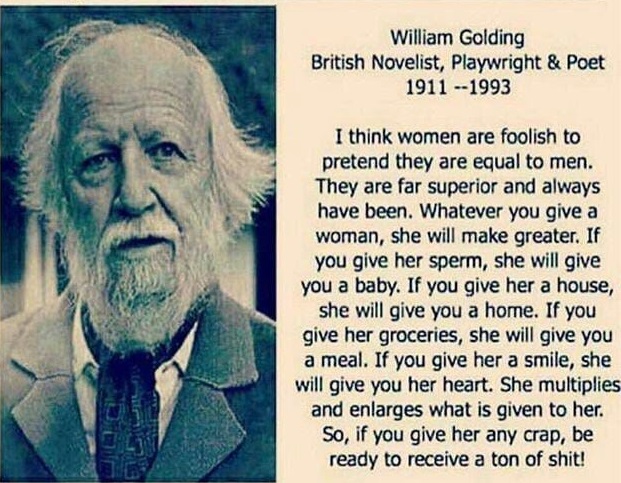
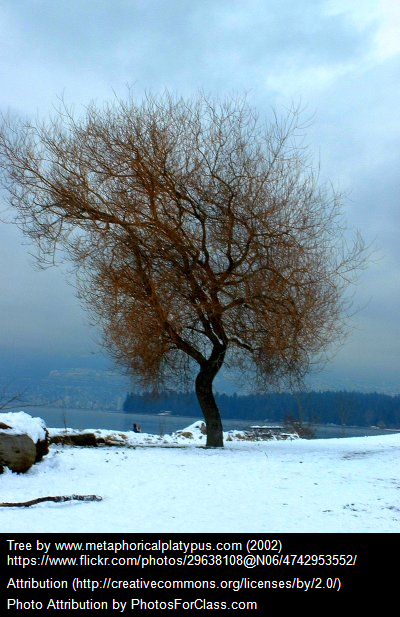




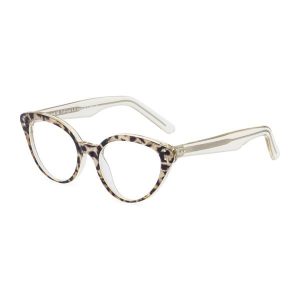
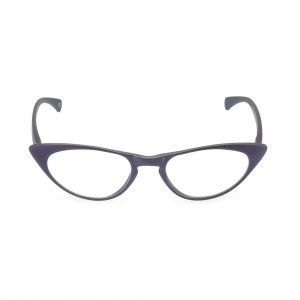
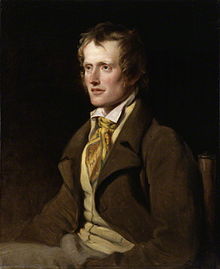
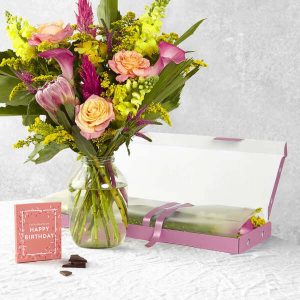
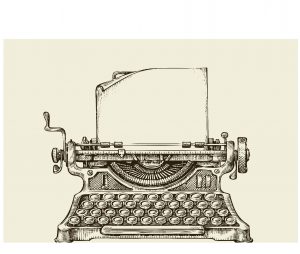 But how, however much is planned ahead (even though planning is necessary), in the end the story will just be what it will be. How a story is quite subversive in the way it will just suggest things. How getting it right is a very mysterious experience.
But how, however much is planned ahead (even though planning is necessary), in the end the story will just be what it will be. How a story is quite subversive in the way it will just suggest things. How getting it right is a very mysterious experience.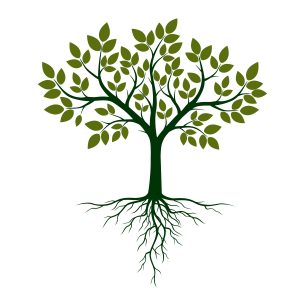





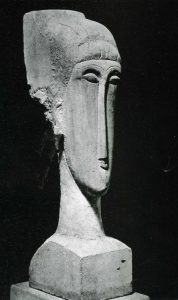
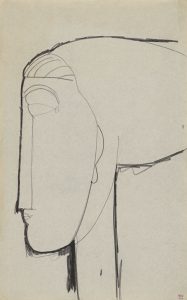
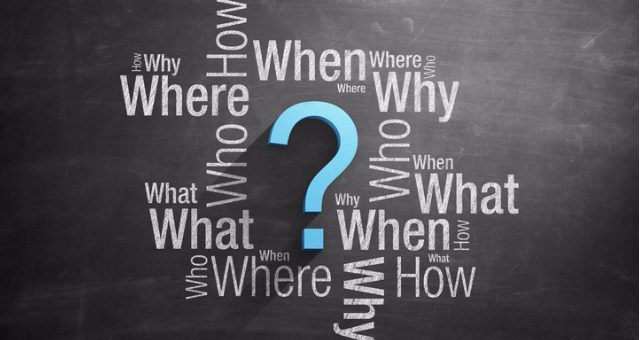


 As everything is. Especially our lives. So the thing I would love to have dreamt up in a parallel universe where time is infinite and everything is possible is
As everything is. Especially our lives. So the thing I would love to have dreamt up in a parallel universe where time is infinite and everything is possible is 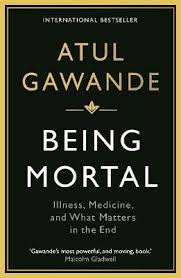
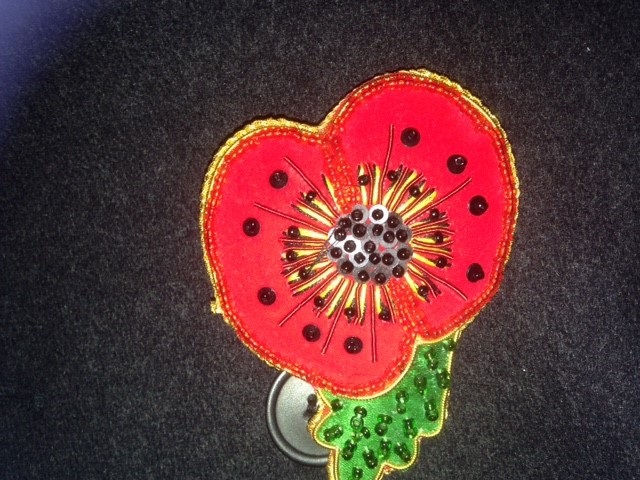
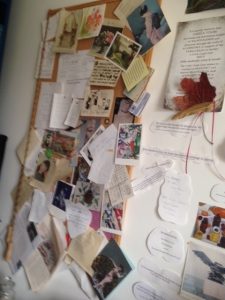 And, of course, writing and all creative work is the making of order from chaos. But it’s such a
And, of course, writing and all creative work is the making of order from chaos. But it’s such a
 But the thing is, no piece of writing is born fully formed, just as no child is born able to walk, talk or do calculus (no, I’ve no idea where calculus came from either). But accepting this incontrovertible fact isn’t easy. The pieces we write are our babies. They’re precious and – almost always – have taken so long to write that the idea of rewriting, of changing a thing, is anathema. But if, when the rejections come (and they surely will) there’s the smallest hint of a suggestion about how to improve the piece, value it as if it were a piece of delicious chocolate (see below) and digest it.
But the thing is, no piece of writing is born fully formed, just as no child is born able to walk, talk or do calculus (no, I’ve no idea where calculus came from either). But accepting this incontrovertible fact isn’t easy. The pieces we write are our babies. They’re precious and – almost always – have taken so long to write that the idea of rewriting, of changing a thing, is anathema. But if, when the rejections come (and they surely will) there’s the smallest hint of a suggestion about how to improve the piece, value it as if it were a piece of delicious chocolate (see below) and digest it. 


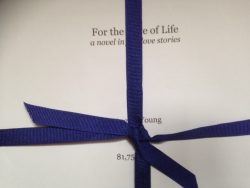 It’s a process that requires much patience, a certain amount of luck and, most importantly, the ability to pitch my work well to the right agent at the right agency at the right time. (I’ll post the result when there is one.) Recently I pitched on Twitter which is both terrifying (is it really possible to describe the essence of a novel in 140 characters? – yes, and it’s an extremely useful process: you find out if you really know what your novel’s about) and exciting (if an agent likes your Tweet that’s the signal to send the synopsis and opening extract direct to that agent).
It’s a process that requires much patience, a certain amount of luck and, most importantly, the ability to pitch my work well to the right agent at the right agency at the right time. (I’ll post the result when there is one.) Recently I pitched on Twitter which is both terrifying (is it really possible to describe the essence of a novel in 140 characters? – yes, and it’s an extremely useful process: you find out if you really know what your novel’s about) and exciting (if an agent likes your Tweet that’s the signal to send the synopsis and opening extract direct to that agent). The link between
The link between 